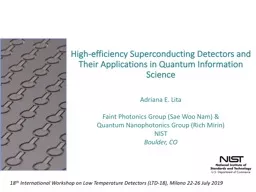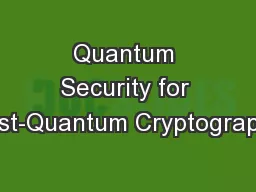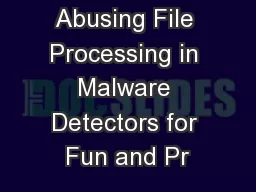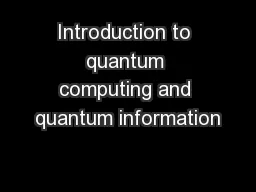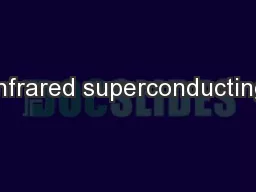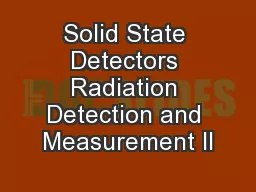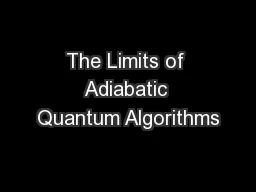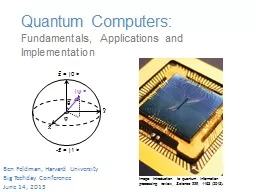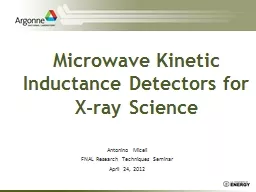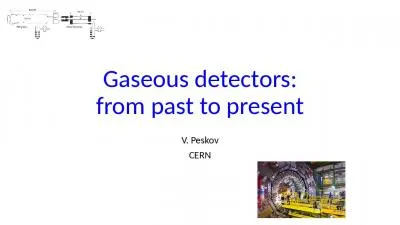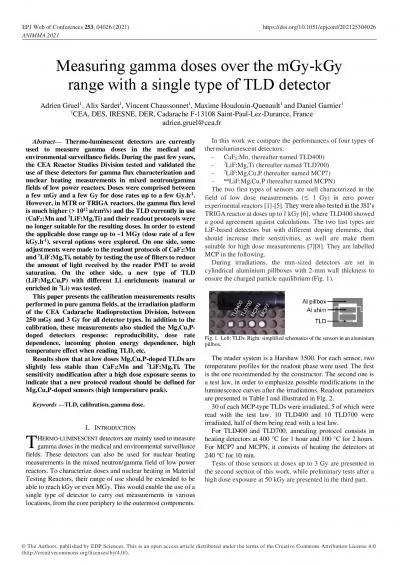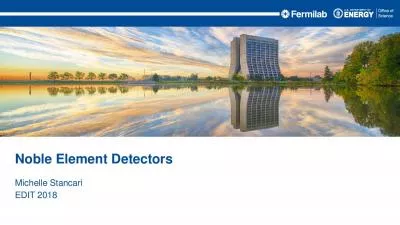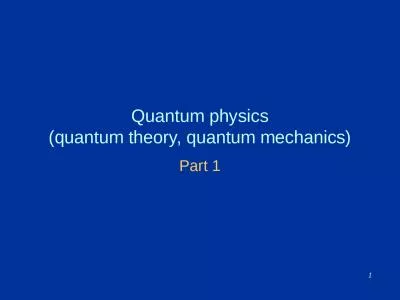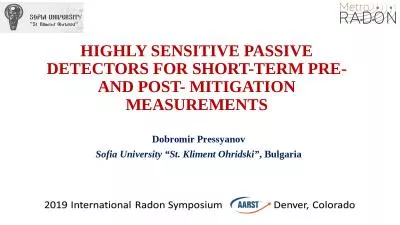PPT-High-efficiency Superconducting Detectors and Their Applications in Quantum Information
Author : dayspiracy | Published Date : 2020-10-22
Adriana E Lita Faint Photonics Group Sae Woo Nam amp Quantum Nanophotonics Group Rich Mirin NIST Boulder CO 18 th International Workshop on Low Temperature Detectors
Presentation Embed Code
Download Presentation
Download Presentation The PPT/PDF document "High-efficiency Superconducting Detector..." is the property of its rightful owner. Permission is granted to download and print the materials on this website for personal, non-commercial use only, and to display it on your personal computer provided you do not modify the materials and that you retain all copyright notices contained in the materials. By downloading content from our website, you accept the terms of this agreement.
High-efficiency Superconducting Detectors and Their Applications in Quantum Information: Transcript
Download Rules Of Document
"High-efficiency Superconducting Detectors and Their Applications in Quantum Information"The content belongs to its owner. You may download and print it for personal use, without modification, and keep all copyright notices. By downloading, you agree to these terms.
Related Documents

